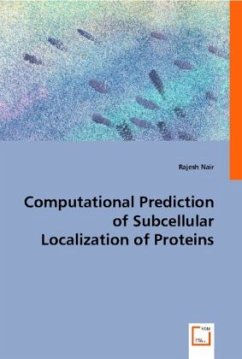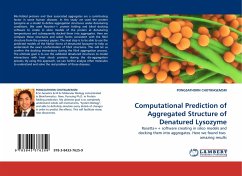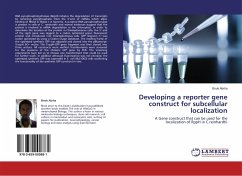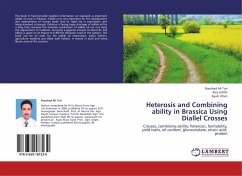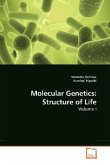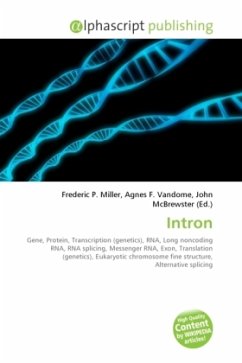The genetic information for life is stored in the nucleic acids (i.e. DNA) while proteins are the workhorses that are responsible for transforming this information into physical reality. Proteins are the macromolecules that perform most important tasks in organisms, such as the catalysis of biochemical reactions, transport of nutrients, recognition and transmission of signals. Experimental determination of the function of a protein is a complex and laborious task requiring several months and the dedicated efforts of an entire lab. Due to large-scale sequencing projects, we currently know the genome (DNA) sequences of over 5000 organisms. This translates to over 5 million protein sequences. However, some degree of experimental annotation of function is available for only around 100,000 proteins. In this scenario development of computational methods for predicting protein function are of vital importance. During the course of this dissertation, I have developed the most accurate set of tools currently available for predicting the subcellular localization of a protein. These tools will significantly enhance our understanding of protein function.

